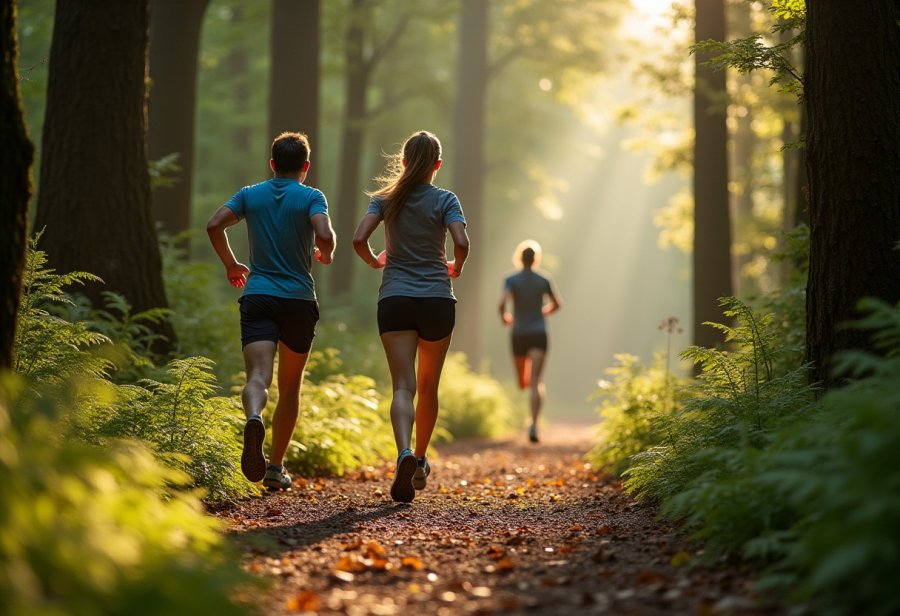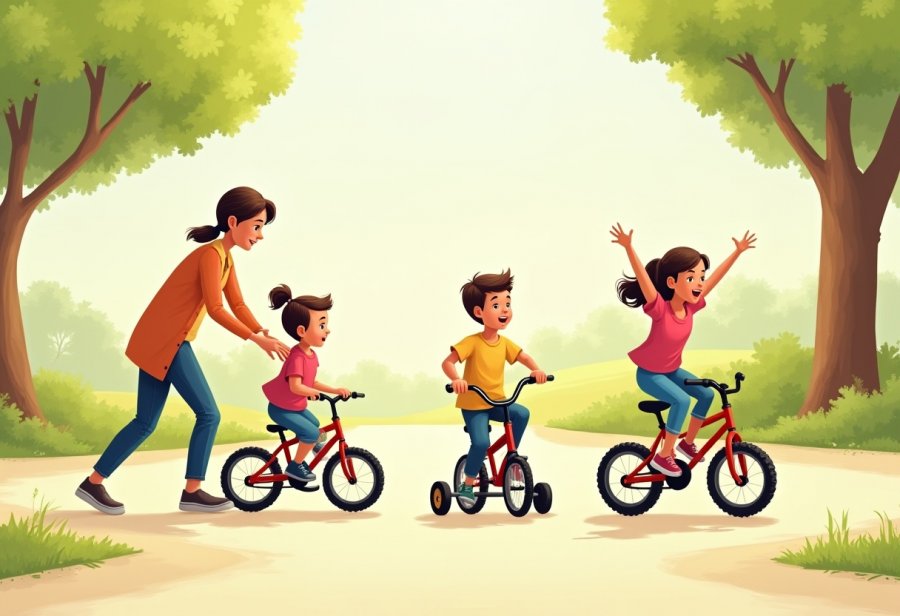Transforming Toronto yards into stunning, sustainable retreats is more than just aesthetic appeal—it’s a thoughtful balance of beauty, environmental responsibility, and long-term resilience. As city living becomes denser and climate concerns grow, homeowners are seeking landscapes that are both visually captivating and eco-friendly. This guide explores how native plants, permeable surfaces, and water management practices create lush, durable outdoor spaces that thrive through seasonal shifts. But how can design principles like harmony and balance be practically applied to ensure functionality and ecological health? From strategic material choices to innovative features like rain gardens and energy-efficient lighting, every element plays a role in crafting a cohesive, inviting sanctuary. As technology and sustainability continue to evolve, the future landscape of Toronto promises resilient, low-maintenance gardens—raising the question: how do you envision your ideal outdoor retreat that harmonizes style with sustainability?
Transform Your Outdoor Space with Toronto Landscape & Design
Looking to elevate your Toronto backyard? Toronto Landscape & Design (TLD) offers expert services in natural stone, water gardens, irrigation systems, and retaining walls. Our award-winning designers take everything into consideration to create a stunning, functional outdoor space tailored specifically for you. Whether you’re dreaming of a serene water feature or a durable retaining wall, TLD is committed to turning your vision into reality. Discover how we can enhance your property with a professional backyard makeover. For consultations, contact us at mike@torontolandscapedesign.com or call 1.416.644.0499 today.
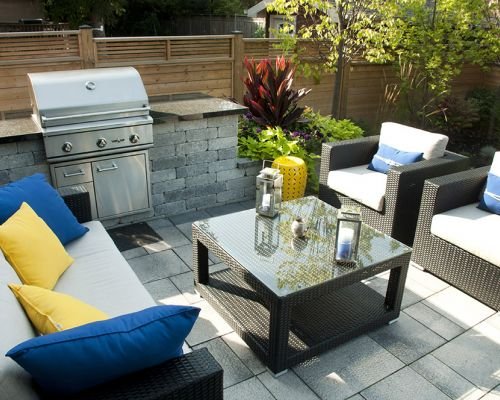
Transform Your Toronto Yard into a Sustainable Outdoor Sanctuary
Transforming a backyard into a beautiful, sustainable outdoor retreat has become a key priority for homeowners in Toronto. As the city grows more crowded and climate challenges become more pronounced, creating outdoor spaces that are both visually appealing and environmentally responsible is more relevant than ever. A well-designed yard isn’t just about boosting curb appeal; it’s about crafting a personal sanctuary where you can relax, entertain, or reconnect with nature without leaving home. With Toronto’s shifting seasons, thoughtful landscape choices can turn small or overlooked spaces into lush, resilient retreats that stand up to weather fluctuations while supporting local ecosystems.
This shift toward eco-conscious outdoor spaces reflects a desire to find harmony between beauty and sustainability. Today’s homeowners increasingly seek yards that not only look stunning but also contribute positively to the environment—whether through native plantings, water conservation, or sustainable materials. These thoughtful choices make landscapes easier to maintain and more resistant to seasonal changes, offering a practical long-term investment. When style and sustainability go hand in hand, the result is a backyard that feels personal, functions effortlessly year-round, and elevates outdoor living to a new level.
Creating a seamless transition from your home to your yard is essential for making outdoor retreats inviting. Good landscape design considers how plants, hardscapes, and lighting work together to craft a space that’s both beautiful and functional. Thoughtful planning ensures every element enhances the overall environment, making the yard feel cohesive and welcoming. This approach not only boosts aesthetic appeal but also ensures the landscape remains vibrant and resilient through Toronto’s unpredictable weather patterns.
Incorporating sustainable features such as rain gardens, native plantings, and natural drainage systems not only supports environmental health but also adds visual interest. These elements help manage stormwater responsibly, prevent erosion, and create focal points that blend naturally with the surroundings. Thoughtfully placed lighting further enhances safety and ambiance, extending usability into the evening hours without wasting resources. By weaving eco-friendly practices into your outdoor space, you create a retreat that’s both stunning and sustainable—one that truly complements your lifestyle and values.
Looking ahead, the trend toward sustainable outdoor retreats is set to grow stronger as technological advances and ecological awareness continue to shape landscape design. Innovations like automated irrigation and energy-efficient lighting make eco-conscious living easier and more accessible. As climate resilience becomes a priority, features such as drought-resistant plants and natural water management will become standard, helping Toronto yards withstand extreme weather while supporting biodiversity. Embracing these practices today sets the foundation for resilient, beautiful outdoor spaces that will serve generations to come.
Building a Foundation: Principles of Eco-Friendly Landscape Design
Sustainable landscape design in Toronto starts with making smart choices that balance beauty with environmental responsibility. At its core, it’s about creating outdoor spaces that conserve resources while supporting local ecosystems. Water management is a key element—installing efficient irrigation systems and selecting drought-resistant native plants help reduce water waste during hot summer months. Native plants are especially advantageous because they’re naturally adapted to Toronto’s climate, requiring less watering, fertilizers, and chemicals, which benefits both the environment and your yard’s health.
Using sustainable materials is another critical practice. Recycled hardscapes, permeable pavers, and sustainably sourced wood or stone minimize environmental impact while adding durability and visual interest. Permeable surfaces allow rainwater to seep into the ground naturally, reducing runoff and erosion—protecting nearby waterways and promoting healthier soil. These choices not only support ecological health but also create landscapes that are resilient to seasonal shifts and require less maintenance over time.
Design principles like harmony and balance are essential for cohesive, eco-friendly landscapes. Harmony ensures that plants, structures, and lighting work together seamlessly, creating a unified aesthetic. Balance involves distributing visual weight evenly, whether through symmetrical arrangements or natural asymmetry that feels natural and inviting. When applied thoughtfully, these principles produce landscapes that are both beautiful and functional, fostering a sense of tranquility and order while supporting sustainability.
Eco-conscious features extend beyond plant choices and materials. Incorporating rain gardens, natural drainage systems, and stormwater management solutions helps control runoff and prevent erosion. Small ponds or waterfalls can serve as focal points, encouraging biodiversity by providing habitats for birds, insects, and other wildlife. Proper placement of these elements enhances visual interest and ecological value, making your yard a vibrant, living space that supports local ecosystems.
Lighting also plays a significant role in sustainable landscape design. Energy-efficient LED fixtures highlight key features and pathways, improving safety and ambiance without wasting energy. Thoughtful placement of lighting accentuates natural beauty while reducing unnecessary energy use, ensuring your outdoor retreat remains inviting after dark. These lighting choices complement the overall eco-friendly approach, extending usability and enjoyment into the evening hours.
Ultimately, sustainable landscape design is about creating outdoor environments that are resilient, low-maintenance, and deeply connected to their natural surroundings. It’s a process of blending aesthetic appeal with ecological responsibility, resulting in yards that stand the test of time while supporting Toronto’s local environment. By making intentional choices today, homeowners can develop beautiful, functional outdoor spaces that thrive season after season, enriching their lives and contributing positively to the city’s green future.
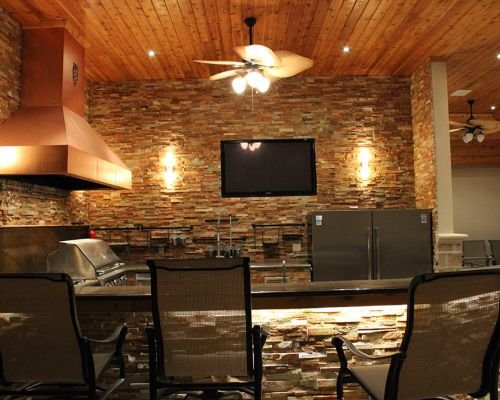
Harmonizing Aesthetics with Eco-Conscious Strategies
Creating a landscape that harmonizes beauty with sustainability relies on thoughtful, deliberate design choices that naturally complement each other. Native plants are a cornerstone of this approach. They are adapted to Toronto’s climate, requiring less water and fewer chemicals, which reduces maintenance and environmental impact. Integrating these plants not only supports local wildlife but also creates a lush, vibrant landscape that feels effortless and authentic.
Choosing eco-friendly materials for hardscape features enhances both function and aesthetics. Recycled pavers, permeable surfaces, and sustainably sourced wood or stone add texture and visual interest while minimizing ecological footprints. Permeable pavements, in particular, allow rainwater to seep into the ground, helping manage stormwater runoff and prevent erosion. These materials create durable, low-maintenance landscapes that withstand seasonal shifts and look polished year after year.
Design principles like harmony and balance serve as guides to unify diverse elements. Harmony ensures plants, structures, and lighting work together seamlessly, creating a cohesive, inviting space. Balance involves distributing visual weight evenly, whether through symmetrical arrangements or natural asymmetry that feels natural and inviting. When applied thoughtfully, these principles produce landscapes that are both aesthetically pleasing and ecologically functional.
Functionality plays a crucial role in these balanced designs. A well-structured yard supports daily activities, whether relaxing with family, entertaining guests, or growing vegetables. Thoughtful zoning—such as a cozy seating area amid lush greenery or a private corner for outdoor dining—enhances usability without clutter. Durable, eco-conscious materials underpin these zones, making them easier to maintain and more resilient through Toronto’s seasonal changes.
Water management features like rain gardens and natural drainage systems are vital for sustainable design. They help control runoff, reduce erosion, and add visual interest. Small ponds or waterfalls can serve as focal points, attracting birds and insects and supporting local biodiversity. Proper placement of these features enhances ecological health while enriching the landscape’s beauty, creating a lively, thriving outdoor retreat.
Lighting, when energy-efficient and well-placed, elevates the entire design. LED fixtures accentuate key features and pathways, promoting safety and ambiance without wasting resources. Thoughtful lighting highlights natural beauty and extends usability into the evening hours, ensuring the outdoor space remains inviting and functional long after sunset. Together, these strategies forge a landscape that’s as environmentally responsible as it is stunning.
For those interested in further enhancing their sustainable landscapes, exploring additional resources can provide valuable insights. Learning about innovative eco-friendly solutions helps homeowners and designers make informed choices that benefit both the environment and aesthetic appeal. To discover more about sustainable landscaping practices, visit this comprehensive guide on sustainable landscaping.
Turning Planning into Reality: Practical Steps for Sustainable Landscaping
Transforming your Toronto yard into a sustainable outdoor retreat begins with a clear and thoughtful plan. Start by assessing your space—consider soil quality, sunlight exposure, and existing vegetation. This initial step helps identify which plants and features will thrive and where adjustments may be needed. A well-designed blueprint ensures that every element, from native plants to permeable hardscapes, fits harmoniously, making installation smoother and more efficient. Having a detailed plan from the outset minimizes surprises, keeps the project on track, and aligns your vision with practical realities.
Next, focus on selecting durable, eco-friendly materials that support your sustainability goals. Recycled pavers, sustainably sourced wood, and permeable surfaces not only reduce environmental impact but also add visual interest and resilience. Choosing native plants suited to Toronto’s climate is equally crucial—they require less water, fewer chemicals, and less maintenance, all while supporting local wildlife. This strategic combination of materials and plantings sets a foundation for a landscape that is both beautiful and resilient through seasonal changes.
Once your design is finalized, professional installation begins. Skilled crews pay close attention to detail—carefully laying hardscapes, planting trees, and integrating water features according to plan. Proper placement of drainage systems and native plants is essential to ensure functionality and aesthetic flow. Clear communication between you and the team helps address any unforeseen challenges early, allowing adjustments that stay true to eco-conscious principles without compromising your vision. This collaborative approach results in a seamless, high-quality transformation.
Addressing site-specific challenges like uneven terrain or limited space requires creative solutions. Terracing, raised beds, or vertical gardens can turn awkward corners into functional zones, maximizing every inch of your yard. By proactively resolving these issues during installation, you prevent delays and costly corrections. Every decision—be it plant placement or hardscape choice—aims to enhance usability, durability, and ecological harmony, ensuring your yard is designed to thrive over time.
Quality control during installation is vital for lasting results. Regular inspections catch potential issues—such as improper drainage or loose elements—before they develop into bigger problems. A thorough walkthrough after completion confirms that all features function properly and align with your expectations. This careful attention guarantees that your landscape isn’t just visually appealing but also durable and low-maintenance, reducing future upkeep and ensuring long-term satisfaction.
Finally, empowering yourself with knowledge about ongoing care ensures your yard remains vibrant and sustainable. Seasonal pruning, proper watering, and mulching support native plants and eco-friendly features, maintaining their health and beauty. Educating yourself on sustainable practices fosters a sense of ownership and encourages continued stewardship, helping your outdoor retreat flourish year after year. With thoughtful planning, expert execution, and ongoing care, your Toronto yard will become a resilient, inviting sanctuary that balances beauty and sustainability effortlessly.
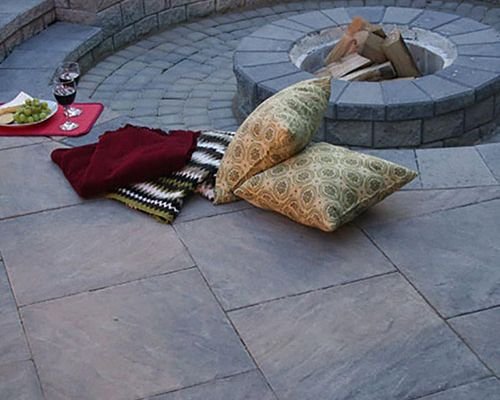
Looking Ahead: Innovations and Trends Shaping Toronto’s Outdoor Spaces
Looking ahead, the future of outdoor spaces in Toronto is set to become more innovative and environmentally focused. Advances in technology—like automated irrigation systems, solar lighting, and smart garden sensors—are making it easier for homeowners to manage their landscapes efficiently and sustainably. These tools help conserve water, reduce energy use, and minimize waste, all while enhancing the ease and enjoyment of outdoor living. Meanwhile, native plants continue to grow in popularity, offering more options for resilient, low-maintenance gardens that blend seamlessly with Toronto’s natural environment.
As climate challenges become more pressing, landscape design is shifting toward features that improve resilience. Stormwater management systems, drought-resistant plantings, and natural drainage solutions are becoming standard, helping yards withstand extreme weather while protecting local waterways. This evolution not only supports ecological health but also reduces the need for intensive maintenance, making sustainable outdoor retreats more accessible and practical for homeowners.
Staying informed about these emerging trends remains vital. Embracing new practices and eco-friendly materials might seem daunting at first, but the long-term benefits—durable, vibrant landscapes that require less upkeep and contribute positively to the environment—are well worth it. With climate patterns shifting, adaptable and sustainable design will no longer be a trend but a necessity, encouraging landscape professionals and homeowners alike to think creatively and scientifically about their outdoor spaces.
The collaboration between clients and landscape designers continues to be a cornerstone of successful projects. When homeowners share their values and visions early in the process, it becomes easier to incorporate sustainable elements that truly reflect their lifestyle. Open communication fosters innovative solutions—whether that’s selecting native plants, designing water features that support local wildlife, or choosing eco-friendly materials—resulting in personalized retreats that are both beautiful and responsible.
Creating outdoor spaces that last requires a mindset rooted in harmony with nature. Future landscapes in Toronto will be characterized by thoughtful planning, environmentally conscious choices, and resilient structures that withstand seasonal shifts. These spaces will do more than enhance curb appeal; they will serve as living ecosystems that nurture biodiversity, support mental well-being, and promote a sustainable citywide environment.
By integrating cutting-edge technology, sustainable practices, and community involvement, we can shape outdoor retreats that are vibrant, functional, and eco-friendly for generations to come. These landscapes will not only reflect personal style but also play a vital role in building a healthier, more resilient urban environment. As we look forward, the goal remains clear: to create outdoor spaces that inspire, protect, and endure, enriching both our lives and Toronto’s natural landscape.






